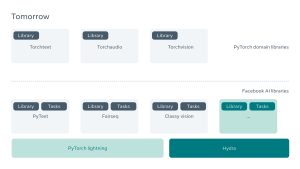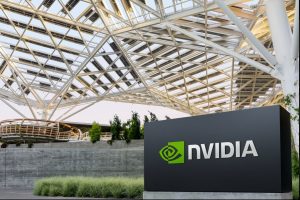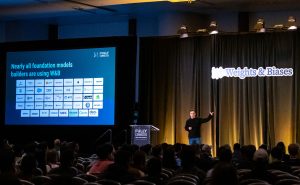MENLO PARK — AI is revolutionizing farming, and PyTorch is at the forefront, enabling the development of advanced AI-powered farming machinery. California-based Blue River Technology, a subsidiary of John Deere, has integrated machine learning (ML) and computer vision into its See & Spray farming machine to help farmers combat weeds more efficiently. Weeds are a significant threat to crops, especially as global food demand rises and resources like land and water become more limited.
The See & Spray machine uses a high-resolution camera array to capture images of crops and weeds in real time. These images are analyzed by a neural network powered by PyTorch, allowing the system to distinguish weeds from crops and map their precise locations. The machine then targets only the weeds with herbicide, reducing the use of chemicals, saving farmers money, and promoting sustainability in agriculture.
“This is a challenging problem because many weeds look just like crops,” said Chris Padwick, Director of Computer Vision and Machine Learning at Blue River Technology. The company collaborated with agronomists and weed scientists to ensure accurate labeling of weeds for training their ML models, using PyTorch as the core framework for model development.
Padwick praised PyTorch for its flexibility, ease of debugging, and extensive documentation, making it the ideal choice for Blue River Technology’s team. PyTorch enables the company to support both research and production workflows, allowing engineers to iterate quickly and integrate improvements into field machines.
To further enhance the performance of their AI models, Blue River engineers also rely on the Weights & Biases platform, which allows for seamless tracking and visualization of PyTorch models during training. This iterative approach ensures that the models deployed in the field are fast and accurate.



















